In the late summer of 2022, "Strange Tales of Tang Dynasty," produced by Guo Jingyu, written by Wei Fenghua, and directed by Bai Shan with Yang Xuwen and Yang Zhigang in leading roles, burst onto the scene as a dark horse, paving a new path in historical dramas labeled as "Zhiguai" (tales of the strange). Since then, updates about its sequel have continuously captivated fans. From the promise of the original team's return to the announcement of the sequel's narrative direction towards the west in "Strange Tales of Tang Dynasty II To the West", each new development has sparked renewed interest and speculation among fans revisiting the original series, anticipating the plot of the new installment.
Prior to the premiere of "Strange Tales of Tang Dynasty II To the West," nearly 6 million members had already pre-booked their spots, eagerly awaiting updates. The first six episodes, featuring the unit "The Demonic Transformation," received the most feedback in the barrage comments: "still the same." It maintains the familiar grandeur of Tang aesthetics and the eerie intrigue of zhiguai, coupled with meticulous attention to folk customs that resonate deeply. Lu Lingfeng (played by Yang Xuwen) and Su Wuming (played by Yang Zhigang), a duo of investigator and scholar, exhibit unmatched synergy in tackling seemingly supernatural mysteries that conceal political machinations reaching the imperial court. As the opening act of "Strange Tales of Tang Dynasty II To the West," "The Demonic Transformation" indeed adheres to its established formula.
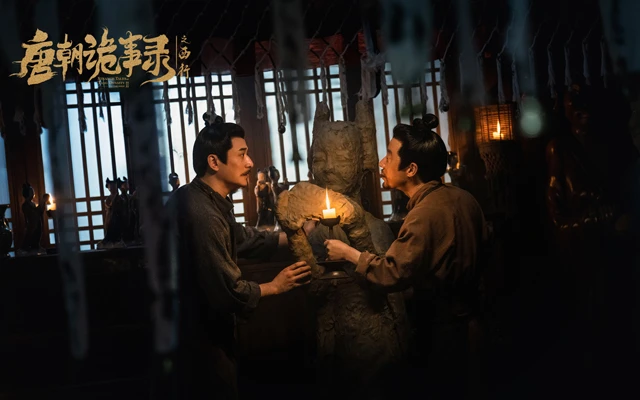
However, compared to the debut case of "Changan Red Tea" in the "Strange Tales of Tang Dynasty", "The Demonic Transformation," derived from the classic stratagem of murder by mural, not only intensifies the bizarre supernatural spectacles but also intricately weaves a more complex web of suspense. It elevates character development and delves deeper into the twisted motives behind the unsolved cases.
Starting an Immersive Crime Investigation
Following the structure akin to its predecessor, "Strange Tales of Tang Dynasty II To the West" unfolds as a journey of investigation while traveling westward along the Silk Road, characterized by majestic and rugged landscapes. Both series begin with Lu Lingfeng and Su Wuming embarking on their journeys due to incidents in Chang'an. Therefore, the opening case serves as the linchpin and sets the tone for the entire series. In "The Demonic Transformation," the complexity of the case is evident.
The story unfolds along two parallel lines: in one, Qin Xiaobai (played by Yu Yi), the foremost painter of the Tang Dynasty, is commissioned by a princess to depict a mural in a royal monastery. However, the mural remains unfinished due to inexplicable delays in its completion. Meanwhile, within Chang'an, a series of heinous murders involving the extraction of victims' livers has gripped the city. Lu Lingfeng, as the deputy of the Grand Court of Justice, takes charge of the investigation. The mystery deepens when it is revealed that eyewitnesses saw the murder of Sun Wang (played by Li Yanan) at the hands of the demon depicted in the mural. These two threads converge, transforming the mysterious cases into a supernatural conundrum.
From the inception of "Strange Tales of Tang Dynasty," the creators have centered on a core theme: all ghostly phenomena are manifestations of human malevolence. Therefore, the thrill of following Lu Lingfeng and Su Wuming lies not only in the eerie suspense but also in how they uncover the supernatural "tricks" and unravel the truth that resonates with universal human sentiments. "The Demonic Transformation" is no exception, offering viewers an immersive experience as they follow the detectives' meticulous pursuit of clues and suspects, ultimately piecing together the puzzles of the conspiracy orchestrated by those hiding behind the supernatural façade. This narrative mode itself fosters a deep sense of immersion, heightened further by the enhanced storytelling prowess of "The Demonic Transformation."
What makes this case unique is that its antagonists aren't just individuals; they are a group: ambitious followers of evil, wrongly accused loyalists, corrupt officials, suspicious military leaders, and ambitious painters. As the plot unfolds, every suspicion the audience develops about these "suspects" is backed by meaningful information. Each doubt feels like finding a piece of the truth's puzzle. In the end, all these puzzle pieces come together in the audience's hands. Yet, it's only in the final moments, through Su Wuming's narration, that every piece of the puzzle falls into place. This kind of suspenseful narrative demands that the creators have full confidence. Even without withholding information, they must consistently stay one step ahead of the audience, demonstrating superior storytelling skills throughout.
Visually and audibly, "Strange Tales of Tang Dynasty II To the West" achieves immersion through historical authenticity and imaginative zhiguai elements, providing viewers with a captivating aesthetic experience. Geographically, "The Demonic Transformation" primarily explores locations such as royal monasteries, the Grand Court of Justice, and the haunted markets of Chang'an, showcasing both the historical majesty of the Tang era and the capacity for mysterious imaginings. Plot-wise, the depiction of demonic murders, tree burials, and the production of "youguang" (a supernatural phenomenon) based on folk traditions offers audiences a unique zhiguai aesthetic experience.
For instance, the royal monastery, as a narrative focal point, symbolizes the union of imperial power and religious faith, designed to evoke awe in visitors. It is precisely because it is a royal monastery that it can accommodate a divine painter and create the psychological suggestion of demonic murders within its walls. Such settings allow for hidden conspiracies, where villains range from ambitious cultists to wrongly accused loyalists, corrupt bureaucrats seeking personal gain, and opportunistic artists. As the culminating scene where the "Shangren" emerges from behind the reclining Buddha statue suggests, the visual metaphor of the reclining Buddha, traditionally symbolizing nirvana, now serves as a warning of impending doom.
Finishing Touch Becomes the Greatest Suspense
"Who was the prototype for Qin Xiaobai, the Tang Dynasty's premier painter?" This hotly debated topic in the comments section of "Strange Tales of Tang Dynasty II To the West" caught my attention. The fact that viewers pose this question indicates not only their fascination with the cunning plots in "The Demonic Transformation" but also their resonance with the protagonist's image, deeply moved by his fate. In fact, the portrayal of the painter Qin Xiaobai, or rather the weaving of the subplot about finishing touch, is what truly dazzles about "The Demonic Transformation."
The mysteries in "The Demonic Transformation" unfold on two levels. One is the main plotline concerning the cunning schemes, Who is the demonic king behind the murders? What mysterious organization is backing him? What conspiracy lies behind the mystical pigment "Youguang" used for finishing touch? On this thread, the creators need to weave external conspiracies to guide the audience through decryption and exploration, satisfying their curiosity. The other level involves the more ambiguous subplot related to finishing touch. Why can't Qin Xiaobai bring the mural to life? When will he succeed in doing so? What impact will it have after finishing touch?
By the second episode, viewers understand that Qin Xiaobai, a straightforward individual, likely has no involvement in the conspiracy surrounding the demonic king's murders. On this thread, the creators guide the audience to ponder the shifting moral dilemmas related to human nature and the court's power struggles, often justified under the guise of art and religion. Through the development of the bringing out the essence plotline, the image of Qin Xiaobai, a resolute and free-spirited figure of the Tang Dynasty, vividly leaps onto the screen. He understands that the mural is not merely a painting but also a political bargaining chip between princesses and crown princes. Despite societal pressures, he refuses to give up his pursuit or demean himself. He consistently upholds his artistic standards, refusing to use deceitful methods to finishing touch when lacking inspiration. After losing the ability to create Buddha's eyes due to encountering demonic influences, he would rather gouge out his own eyes, leaving behind an unmatched masterpiece.
He deeply understands that power can distort reality, but a brush can reveal the true essence of humanity. Therefore, he does not cling to the hollow title of Tang Dynasty's premier painter, nor does he see his brush as a crutch for climbing the social ladder. In contrast, his apprentice Azu (played by Shu Yaxin), whom he mentored, claims to have reached the pinnacle of his artistic skills but refuses to live under the shadow of being the Tang Dynasty's premier painter. His desire for fame and wealth leads him astray; he is willing to use sorcery like "Youguang" to cater to public tastes. For a lucrative reward, he paints demons on masks, armor, and even human faces, fully aware of the manipulative power of his brush but choosing to indulge in cruelty. His transformation from good to evil reveals the terrifying distortions that human nature can undergo.
With the subplot of finishing touch, "Strange Tales of Tang Dynasty II To the West" stands out not merely as a typical supernatural drama focused on plot but also as a profound character-driven narrative. Qin Xiaobai, as portrayed in "The Demonic Transformation," may lack a clear historical prototype, yet he embodies the spirit of a distinctive Tang Dynasty figure, leaving a lasting impression in the minds of the audience, much like Lu Lingfeng and Su Wuming.
The Journey West Continues
While the cases in "The Demonic Transformation" have concluded, the westward journey of Lu Lingfeng and Su Wuming has only just begun. Similar to "Tang Chronicles of the Strange," "Strange Tales of Tang Dynasty II To the West" is also structured around eight individual cases.
It becomes evident that beyond the supernatural elements, a core element of "Strange Tales of Tang Dynasty II To the West" is adventure. Whether unraveling mysteries in small towns, encountering aquatic marvels, braving the rugged Western Regions, or exploring the vast desert, Lu and Su will traverse the Hexi Corridor, weaving together historical memories of the Tang Dynasty and witnessing geographical wonders along the way.
Their first major risk is undoubtedly geographical peril. Furthermore, as their journey progresses westward, Lu Lingfeng and Su Wuming will continue to grow. With differing backgrounds, educational experiences, personalities, and life aspirations, how will these two individuals collide? Will they complete their westward journey together, hand in hand, or will they part ways along the road? This is the second significant aspect of adventure in "Strange Tales of Tang Dynasty II To the West." Where will the westward adventure of Lu and Su ultimately lead? Let's continue following the series to find out.

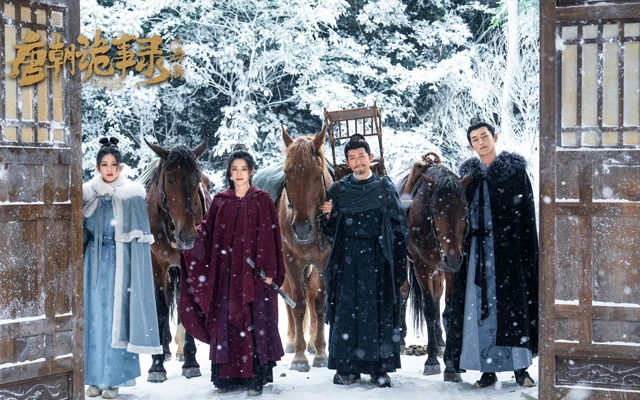
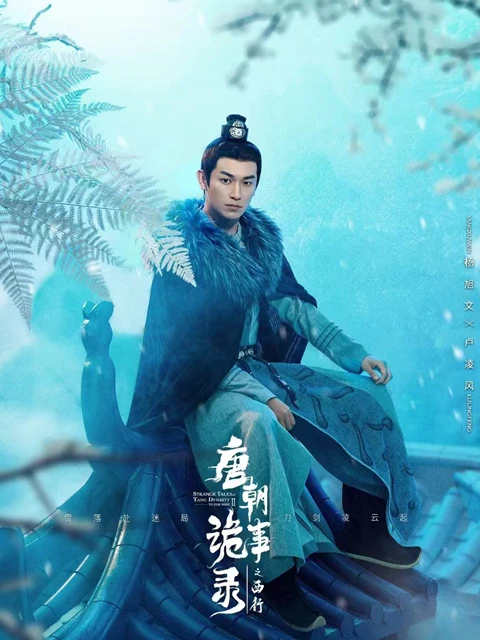
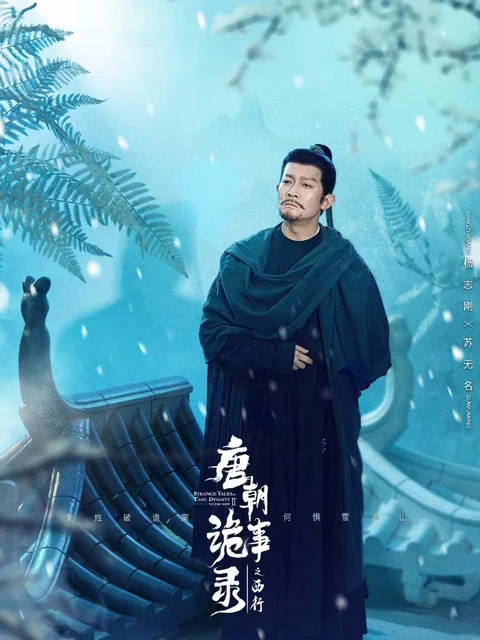
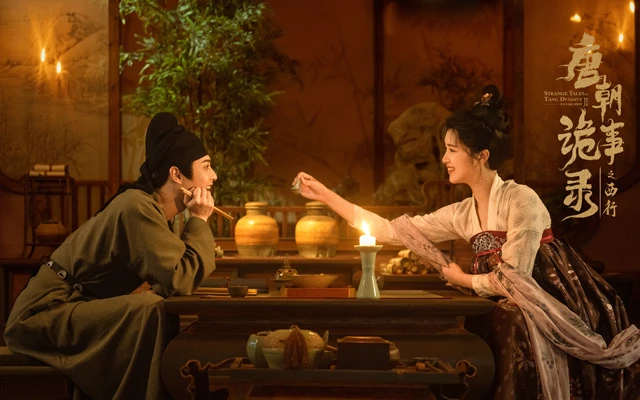
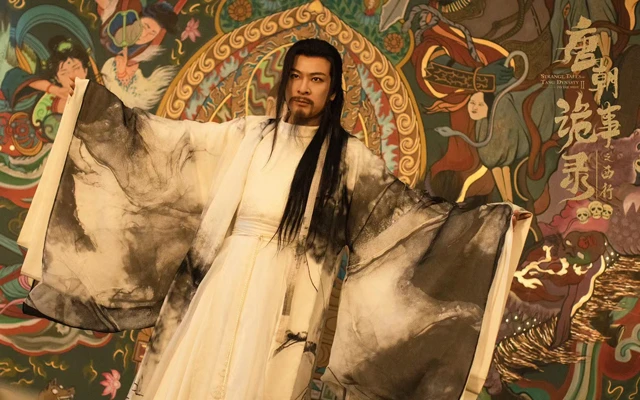



Really liked S1 so looking forward to watching this one